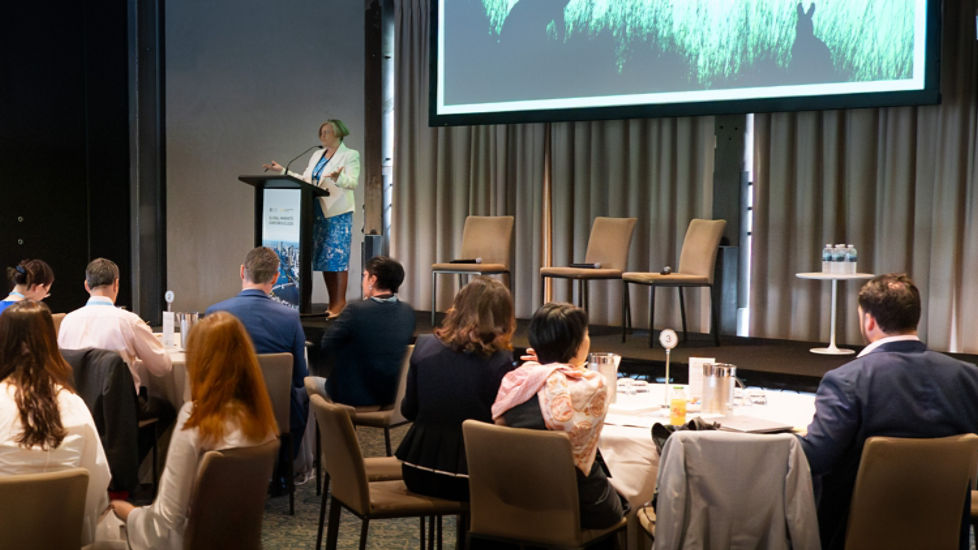Hamish and Jess Webb run Myanbah, a 4,500 acre sheep and cattle operation outside Uralla NSW. Hamish is also CEO of Precision Pastures, a soil, pasture and carbon services company and Jess is a board member of Beef Australia and UNE Life (University of New England). The couple came back to farming several years ago after pursuing corporate careers, and their focus since their return has been on improving production – with their soil carbon project offering a fortunate environmental co-benefit.
“What we noticed was that the approaches we have been adopting to optimise livestock production, such as fixing soil constraints, using rotational grazing, and matching stocking rates more closely to carrying capacity, are resulting in improved soil health and positive outcomes for our natural capital,” Jess says.
“While we were trying to improve the productivity of our soil, this has led us to a soil carbon project where we will have the ability to generate Australian Carbon Credit Units.”
The family believe there is potential to increase their soil carbon levels by up to one per cent through soil improvement programs. They’ve already seen a 0.24 per cent increase in soil organic carbon down to 50cm in a three-year pasture trial, which gave them the confidence to go ahead with a full-scale program. Jess and Hamish predict the project could deliver several million dollars worth of carbon credits over 25 years.
“The trial saw increased carbon levels from 10cm down to 50cm, along with a lift of carrying capacity of 72 per cent,” says Hamish. Increased carrying capacity means the pasture is able to carry more stock because of its improved condition.





